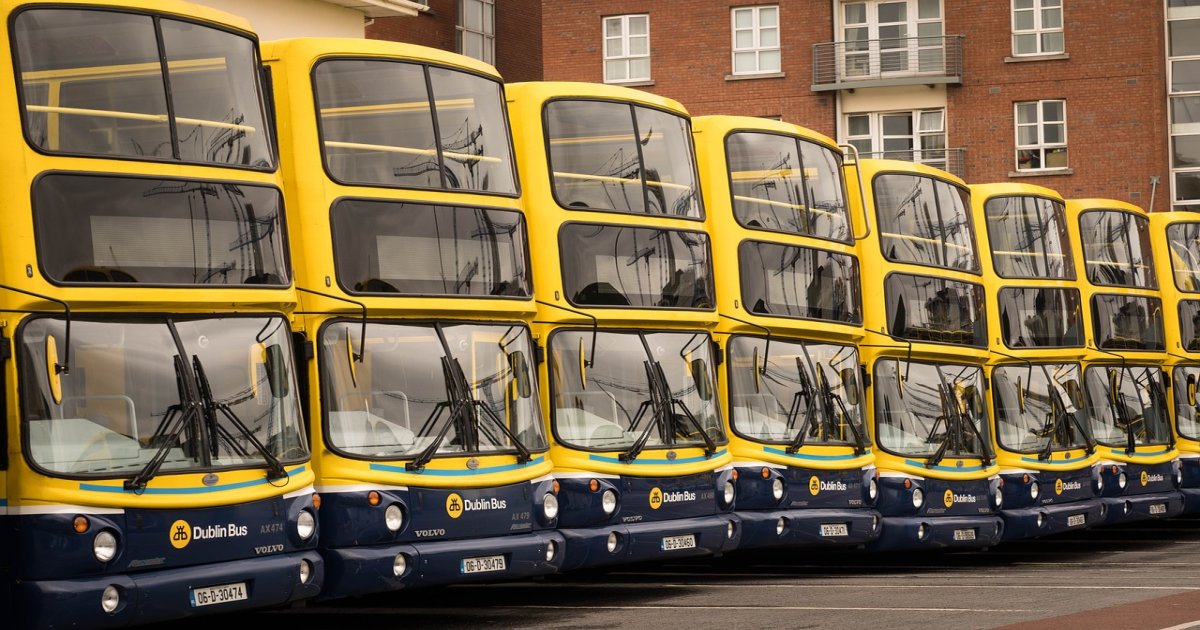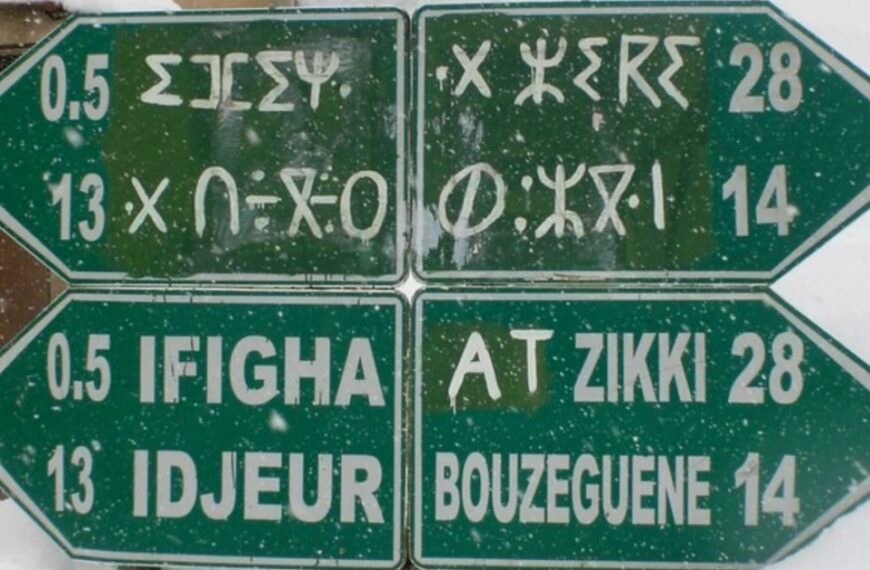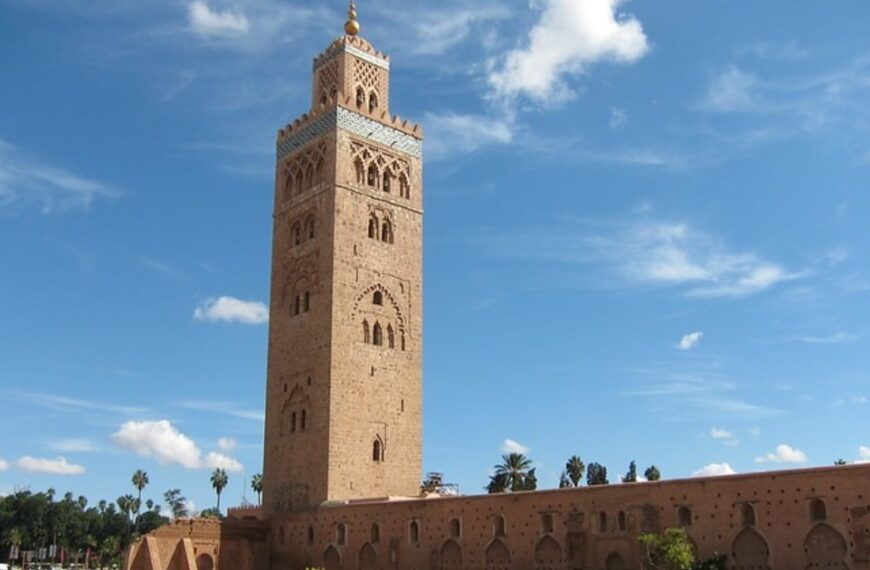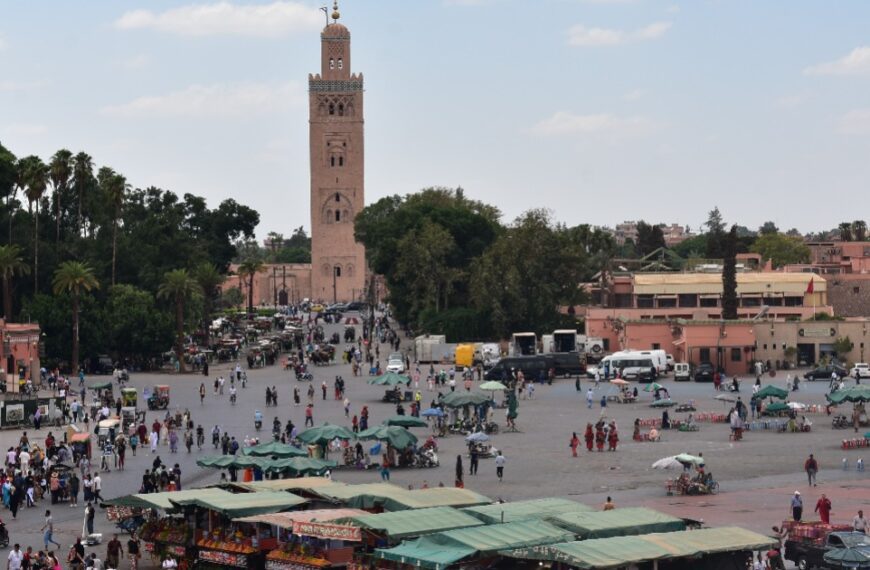Are you preparing your trip to Ireland and want to know how public transportation works in Dublin? You are right, because you will not be able to take cabs all the time if you want to save money and even less if you plan to study in Dublin for a long period of time.
With the wise idea of using public transport in the Irish capital, we have prepared this guide with everything you need to know to get around the city like a local: how the transport system is integrated, what are the costs and schedules, tips for using each means of transport and more.
So, buckle up and learn how to get around Dublin!
Advantages of public transportation in Dublin
Before we get into the nitty-gritty, let’s look at some of the main advantages of using public transport in Dublin.
Savings
Your budget will probably not allow you to buy a car as soon as you arrive in the city or to travel by cab every time. And since Dublin is not a very large city, the journeys are short and the cost of public transport corresponds to this ratio.
Environmental care
In Ireland there is strong regulation to control fossil fuel emissions. Therefore, as more people use public transport, the massive use of private cars will decrease, which reduces traffic congestion and noise pollution.
Possibility to practice English
Using public transportation in Dublin gives you the opportunity to interact with the driver and other passengers who are always willing to help you with directions if you are new to the city. It is an excellent strategy to start practicing your English.
That said, here we explain in detail how are the networks that connect the city by transport, their costs, payment methods and particularities.
How public transportation works in Dublin
Public transportation in Dublin is characterized by being efficient, ecological and varied. So, the main ways to move around in the capital of Ireland are by bus, streetcar and bicycle (yes, when we told you that it is environmentally friendly we were referring especially to the latter).
For longer routes, such as trips to the outskirts of the city and other counties, there is the train (DART), the Bus Éireann, and the ferry.
Therefore, the most practical thing to do is to have your card when using public transport in Dublin. Here we explain how to buy it.
Read also: Public transportation in Malta
Public transportation card (Leap Card)
The Leap Card can be purchased online and the cost varies depending on what type of traveler you are:
- Adults
- Adults personalized
- Children (5 to 15 years old)
- Adolescents (16 to 18 years old)
- Young adults (19 to 23 years old)
- Students (over 24 years old)
- Visitors
The minimum cost is 5 EUR, which is refundable, and you must top it up with a minimum balance of 5 EUR as well. Once you order it, you receive it by mail.
For example, if you choose the Leap Card for visitors, the cost is 32 EUR for unlimited travel for 7 days.
Although if you plan to study in Ireland, you will want to purchase a student card, as it usually comes with discounts.
Means of public transportation in Dublin
Now that you know how to pay for transportation, you can choose the mode that suits your needs. For example, if you have a job interview, you will most likely go by bus instead of bike.
So, in this part we are going to tell you the particularities of each of the means of public transportation in Dublin.
Bus
Buses in Dublin are double-deckers, like those in London, but in yellow. There are 136 lines that run on various routes in the capital on day and night schedules, which vary from Monday to Friday and weekends.
- For example, routes 15, 41 and 39a operate 24 hours a day.
- There is a shuttle service in Dublin to and from the airport.
- There is an Xpresso line for faster travel during peak hours.
Read also: Colombians in New Zealand, some big differences
Dublin bus fare
The cost of the ticket depends on the type of Leap Card you have and the section you travel. For example, for an adult person, the fare would be as follows:
- Short section (maximum 3 km): 1.30 EUR
- Long distance (up to 90 minutes): 2.00 EUR
- Xpresso service: 2.40 EUR
For more details on fares, schedules, services and routes, go to Dublin Bus.
And if you plan to visit other Irish cities, you will have to take a long distance bus. In that case, Bus Éireann is the one that connects to the Irish public transportation system.
Tramway (Luas)
The streetcar, also called Luas, is the second most used means of public transportation in Dublin. In case you are wondering, the name means “speed” in Gaelic language.
Unlike other cities, such as Madrid, for example, Dublin does not have a subway, so the urban train is not subway. Instead, the tramway has two lines running through the city center, but they go in opposite directions:
- The red line has 32 stations (from Saggart to The Point) and connects southwest to east. The schedule runs from 5:42 a.m. to 11:52 p.m. Monday through Friday.
- The Green Line has 36 stations (Brides Glen to Broombridge) and connects the northwest to the southeast. The schedule runs from 5:30 a.m. to 11:52 p.m. Monday through Friday.
Dublin streetcar fare
As with the bus, the cost of the trip varies according to the same parameters: distance and type of Leap Card. Let’s see:
- Short section (3 Km): 1.30 EUR
- Long distance (up to 90 minutes): 2.00 EUR
An advantage is that, if you are a student in Dublin, the discount included in your Leap Card reduces the value of the fare to 0.65 EUR for short sections and 1 EUR for long sections.
You can see more details about the Luas by clicking on the link.
Train (DART)
Dublin’s public transportation also covers the commuter areas, i.e. the suburbs and nearby towns. For these distances, the main option is the DART (Dublin Area Rapid Transit) train, operated by Iarnród Éireann.
This train runs along the Irish sea coast and goes as far as County Wicklow. For this reason, its tourist use is very recurrent, since the views it offers are incredible and accessible.
On this page you can see the complete map of the route and stations of the Dublin DART train.
Dublin Train Fare
In this case, calculating how much the Dublin commuter DART train costs is based on distances. The trip, with the Leap Card, can cost from 3.00 EUR if you depart from Tara Street station (Dublin city center) to Greystones, southbound.
Here is a fare simulator to give you a better idea of the cost.
Ferry
Although its use is mainly for tourism and not to move around the city, we can include the ferry as a means of public transportation in Dublin, as many people use it to move from the Dublin Ferry Port to other islands outside the capital.
There are several companies in charge of the operation of these vessels and, for the most part, they offer round trips to destinations outside Ireland, such as Liverpool (England) or Santander (Spain).
Also, this service operates mostly from June to August. That is, in high season and according to Irish weather conditions.
Dublin Ferry Fare
The cost of traveling by ferry from Dublin is subject to the distance of the journey. For example:
Dublin – Holyhead (England): approximately EUR 40 per leg
To get a better idea, you can visit the website of Irish Ferries or Stena Line, two of the most popular ferry companies in Ireland.
Bicycle
The Irish capital has a surface of 117 km2, therefore, it is a small city if you compare it with Toronto (630 km2) or Sydney (12 368 km2). This makes the use of bicycles to move to any point.
Therefore, an important part of public transport in Dublin is the rental of bicycles. The company that regulates their use is NOW Dublinbikes.
The service is available from 5:30 in the morning until 12:30 at night. In order to have access to a bicycle in Dublin, you must follow these steps:
- Log in to the Dublinbikes website or app and register.
- Search on the map for a nearby station.
- Select the bike in the app and pick it up.
- Pedal away.
- When you arrive at your destination, return the bike to a nearby station.
Bike rental rates in Dublin
In order to cycle around the city, there are different subscription rates, whether you are a tourist or living in Dublin.
- 1 day rate: 3,50 EUR (first 30 minutes free)
- 3-day subscription: 5 EUR
- Annual subscription: 35 EUR
Taxi
Finally, it is time to talk about the least economical means of public transportation in Dublin, as in other places in the world. However, it is good to know how cabs work in Ireland.
In fact, cabs, limousines and carriages in Ireland are known as SPSV (Small Public Service Vehicle) and are regulated by the National Transport Authority.
As in the previous cases, the cost of traveling by this means of transport will depend on the distance. For example, going from Dublin airport to the city center costs about 27 EUR on average. However, certain charges are added to this amount:
- Cost of booking a cab: 2 EUR
- Add an adult passenger: 1 EUR
Since September 2022, cabs in Ireland are obliged to accept debit and credit cards, in case you don’t have cash to pay. In addition, the fare, which is defined by a taximeter in the vehicle, varies according to the schedule:
- Standard hours: 08:00 to 20:00
- Premium hours: from 20:00 to 08:00 or Sundays and holidays.
But if you want to have a more accurate amount, the site TFI offers you a cab fare simulator.
Find out how public transportation is integrated in Dublin through TFI (Transport for Ireland).








